How to Furnish a Vacation Rental Property: Eight Tips From Designers
- Vacation Rental Designers

- May 30, 2023
- 4 min read
Effortless rental property solutions for an elevated escape.

Furnishing a vacation rental home seems exactly like furnishing a home on the surface. Four bedrooms mean four beds, a living room, and a dining room—throw in some art, and you’re good to go, right? Not exactly. Furnishing a vacation rental is more closely related to designing a hospitality space than buying furniture for your primary home. You’re not just putting heads in beds, you’re creating an experience. This isn’t the spot for overflow from your guest room. Instead, your rental should be a curated space that reflects the getaway your guests are dreaming of, while also considering durability and function. Don’t worry if the idea of merging hospitality and design is new to you. We have eight designer-backed tips to help you create a rental space that welcomes guests and keeps them returning year after year.

ONE: Connect it to the Location
When you book a beach house, you’re booking an experience. You want to feel the breeze blowing through the windows of a light and airy rental space with white wicker and shades of blue. In the city, you’re looking for a sleek, minimalist look that sets the stage for the bright lights of the big city. A rental in Provence should evoke the French countryside. An apartment in Mexico City should feel historic, ornate, and colorful. “Take into consideration the location of the rental to ensure you are creating an inviting atmosphere that reflects the destination’s vibe,” explains Isfira Jensen, CEO & Principal Designer of Nufacet Interiors. If a guest wants a corporate feel, they would book a hotel. In a rental, they’re expecting a space that feels like stepping out of their everyday routine and diving into a new place.
TWO: Determine Your Target Guest Persona
Different guests prefer different styles, and you can’t appeal to everyone. Think like a hospitality marketer and create your target guest persona. Is it a group of 30-something women on a girls’ trip? Is it two retired couples looking to get away? Are you appealing to families who may come back year after year? An urban millennial couple trying to escape the city with their new infant? Now think about what those guests want to see in the home. Is it big comfy couches, designed for gatherings? Do they need a room full of twin beds for kids? Or would they prefer king beds in every room for couples? Will a sleek dining table for entertaining appeal to groups hosting dinner parties while traveling? Do they like modern decor? Something cozier?

THREE: Furnish for the Max Number of Guests
Jessica Duce, Owner and Principal Designer at JDuce Design and a vacation rental designer, too often sees vacation rentals that aren’t outfitted for the right number of guests. “If your place sleeps four, you should not have a bistro set for two in the kitchen.” You should be able to seat every guest at the dining table, as well as provide spaces for them to relax. Duce adds, “This same rule applies to living spaces. Create multiple areas for people to lounge and keep in mind that you need more seating than the guests expected to sleep there. People need options.”
“Create multiple areas for people to lounge and keep in mind that you need more seating than the guests expected to sleep there. People need options.” - Jessica Duce
FOUR: Take Accessibility into Account
Jensen notes that your furnishings should reflect the needs of your guests, whether they’re young or elderly. And, with accessibility becoming more of a critical focus across design, consider how that plays out in furniture arrangements. Make sure you have 36” clearance so guests with wheelchairs or other walking aids have plenty of room to comfortably use the space.
FIVE: Invest in Quality for High Traffic Areas
“When it comes to furniture quality, I recommend investing in quality pieces for high-traffic items like the sofa and common areas,” says Jensen. She adds, “Their construction should be durable with performance fabric. These are items which will endure a lot of wear and tear and you need them to withstand the commercial type setting.” Even though it is a home, it will see the wear and tear of hospitality space. And of course, a company’s warranty is critical when investing in furniture. Duce adds that spending money on beds and quality bedding is a splurge you won’t regret. How many times have you raved about a hotel simply because of the cloud-like bed? Channel that in your rental.

SIX: Skip the Trends
“Opt for timeless furnishings,” says Artem Kropovinsky, interior designer and founder of Arsight. What’s Instagrammable one moment could look dated the next. When you opt for classic silhouettes and clean lines, your rental will stand the test of time. Plus, it’ll catch people’s attention as they’re scrolling through pages of trendy listings decorated with the equivalent of fast-fashion furniture.
SEVEN: Don't Forget Storage
Even if guests are only booking a weekend, they still need somewhere to stash their stuff. A luggage rack, a few hangers in the closet, and a small dresser can go a long way in making their time at your rental comfortable. “Adequate storage helps guests keep their luggage tidy and unobtrusive,” says Kropovinsky. After all, who wants their memory of a rental to be filled with images of clothes strewn across the floor?

EIGHT: Give it a Personal Touch
Some vacation rental platforms have come under scrutiny recently because of poor communication and absent hosts. That’s why Kropovinsky’s next tip is key. “Incorporate personal elements. A vacation rental should have a homey atmosphere. Add personal touches, such as photographs and books,” says Kropovinsky. People book a vacation rental because they want something that feels personal and unique. Knowing that a human is behind it adds to its story.
“Incorporate personal elements. A vacation rental should have a homey atmosphere." - Artem Kropovinsky




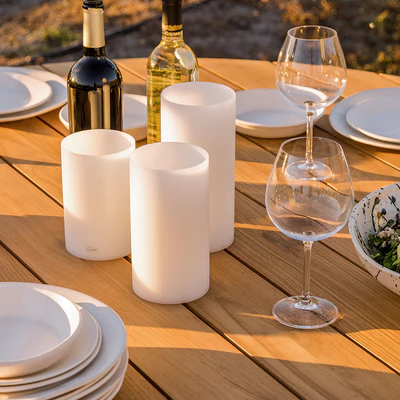

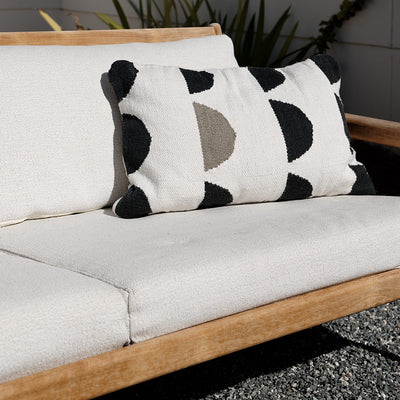

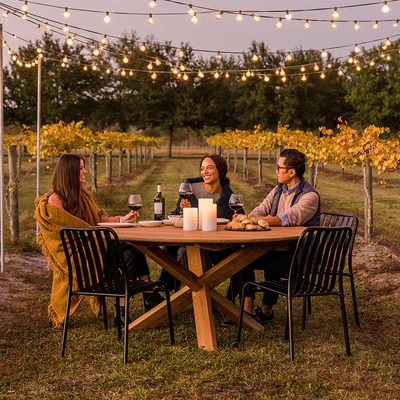

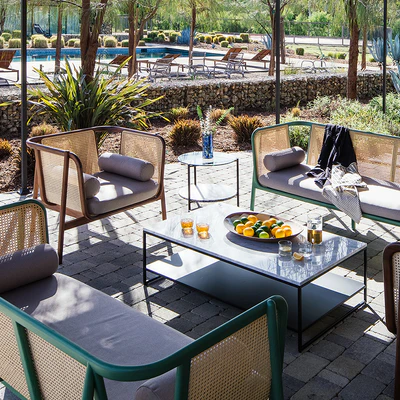

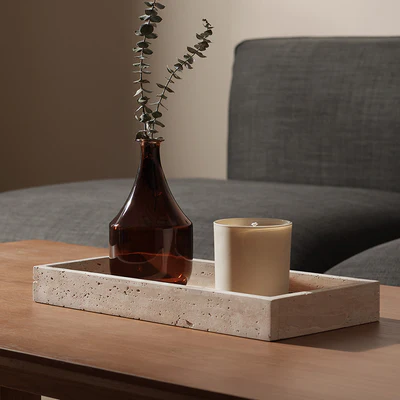

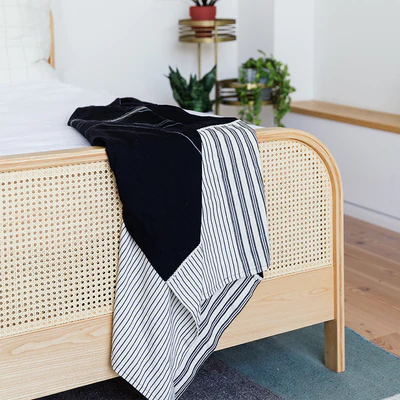



Comments